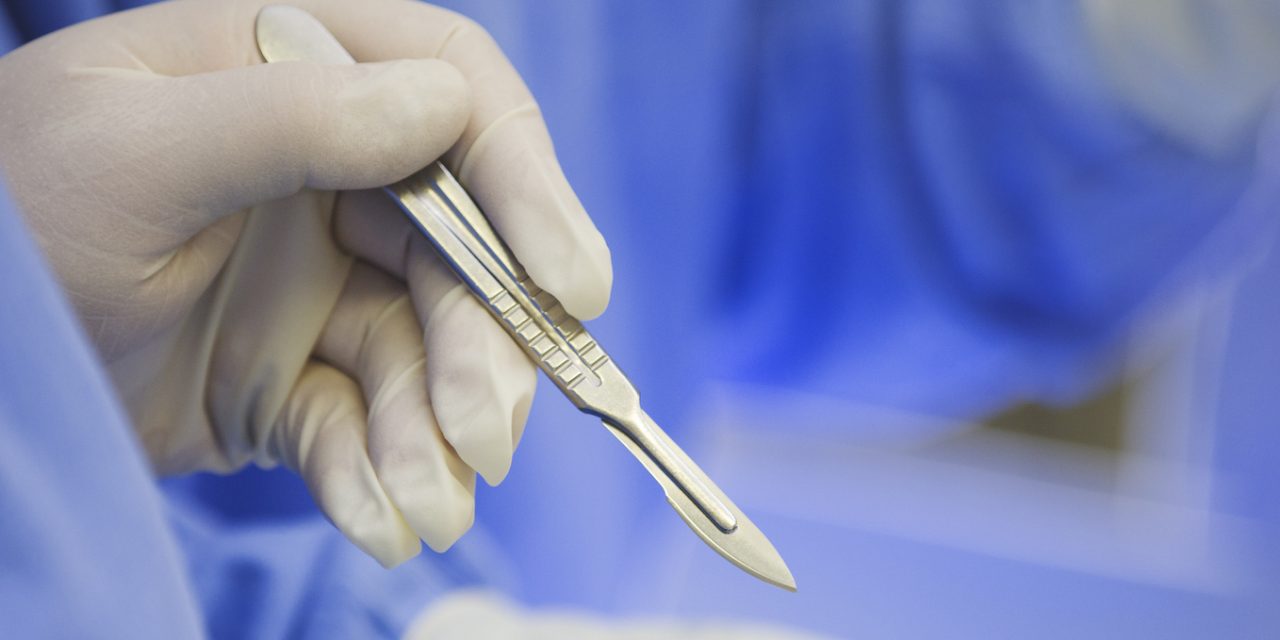Intermittent leg claudication (ILC) is a common presentation of infrainguinal peripheral artery disease and is characterized by pain or cramping in the lower leg due to reduced blood flow to the muscles. Both medical interventions and revascularization interventions are used to reduce the severity of the ILC. This study aims to compare the efficacy of medical and revascularization intervention for ILC.
This longitudinal, prospective, observational cohort study included a total of 323 participants with 282 in the medical cohort. The participants were 21 years or older with confirmed ILC. The participants who underwent medical or revascularization intervention were evaluated, and the primary outcomes were change-scores on the distance, speed, and stair climb domains, as measured by the Walking Impairment Questionnaire, VascuQol, EQ-5D, and EQ-5D.
Of 323 participants, 282 patients in the medical cohort had a longer duration of disease. At a follow-up of 12 months, change scores in the medical cohort were 5.9 for speed, 0.28 for VascuQol, and 0.038 for EQ-5D. Among patients who underwent revascularization intervention, change scores were 19.5 for distance, 12.1 for speed, 11.4 for stair climb, 20.7 for pain, 1.10 for VascuQol, 0.113 for EQ-5D, and –0.63 for CSI.
The research concluded that revascularization intervention led to significantly improved outcomes in patients with ILC, as compared with medical intervention.
Ref: https://jamanetwork.com/journals/jamasurgery/fullarticle/2542658?resultClick=1


